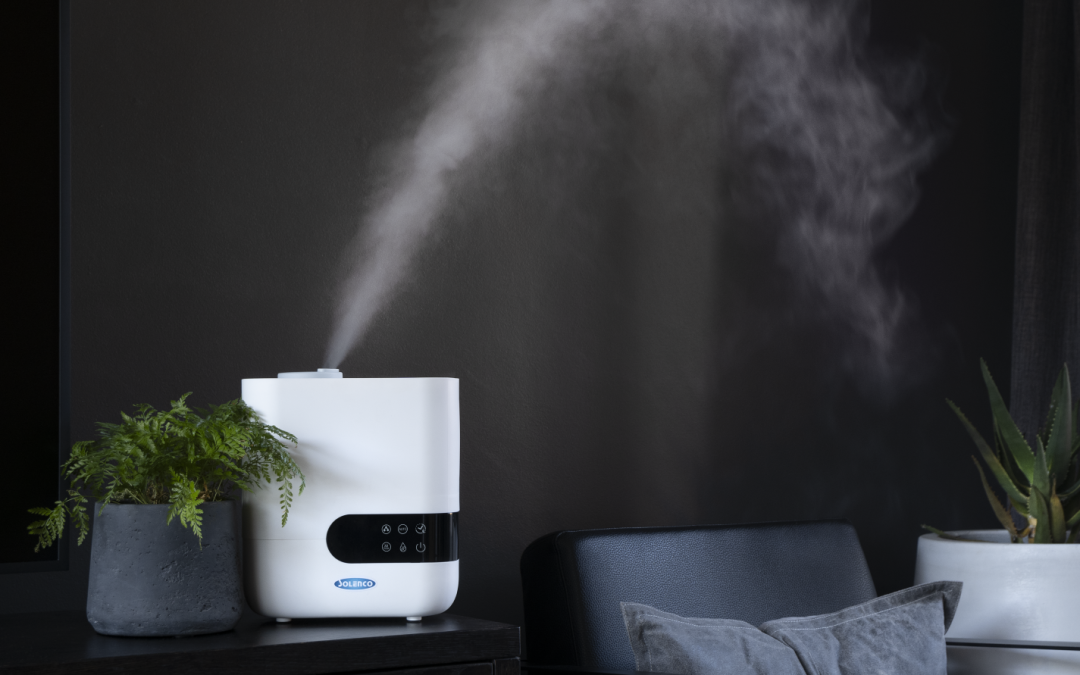South African consumers, reeling from almost constant cost of living increases, face another nightmare increase if Eskom’s application to hike electricity tariffs is approved.
The proposed tariff hike – 36% between 2025 and 2026 – means consumers will have to think very carefully about running even the most standard of appliances by next year.
Trevor Brewer, director of Solenco, a leader in energy efficient lifestyle and air treatment products, says it’s the right time now for consumers to relook their home appliances and focus on those that are energy efficient.
“It’s really important to look at how much electricity your appliances use. When purchasing any appliance, whether it be a common or specialised appliance, you should look at investing in electronics that prioritise energy efficiency and longevity,” Brewer suggests.
He says the easiest way to see how much electricity your appliances use is to look at the label. Nearly everything you can plug into the wall has a label that says how much electricity it uses. If the device is powered with an AC/DC adapter, the electrical rating is usually listed on the adapter itself. If the label only gives the number of amps and not the number of watts, then just multiply the amps by the volts to get the number of watts. Most electricity in South Africa is 220/230 Volts, alternating at 50 cycles per second (50Hz) and Amps x Volts = Watts.
“We all know that heat-generating appliances like stoves and geysers consume a lot of electricity, but consumers need to look at appliances like air conditioners, vacuum cleaners and tumble driers which are also heavy electricity users,” he says.
Air conditioning:
With summer on the doorstep, investing in energy-efficient cooling will be critical. Rather than running an aircon that pushes up your electricity usage, look to air circulators and evaporative coolers that are created with energy efficiency in mind. Air-con units can cost as much as 150 times more to run than fans, while circulators and coolers have a low energy consumption, and can be powered from as low as 7 to 26W, and 145W respectively.
Laundry:
A tumble dryer uses on average 3,150W of electricity per load, more than double the energy of what a washing machine uses, and the equivalent of powering a TV for 30 hours straight. It also uses 20 times more energy than a dehumidifier, which is capable of drying laundry even in damp, cool weather, by extracting excess moisture from the air in your home or laundry room. Dehumidifiers are six times cheaper to run than traditional air conditioners and when it comes to drying laundry, five times cheaper than running a tumble drier.
“It’s crucial for consumers to start preparing now so that they can keep their electricity costs in line with their budgets. Evaluating your home appliances and looking at energy efficiency as the most important factor can save you money on your electricity account,” Brewer says.


